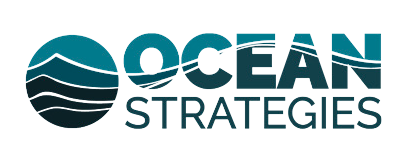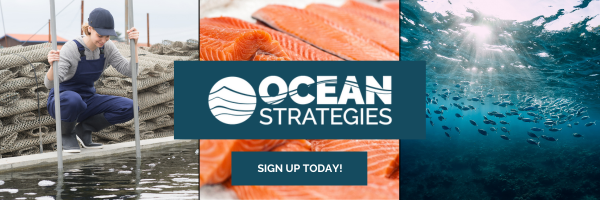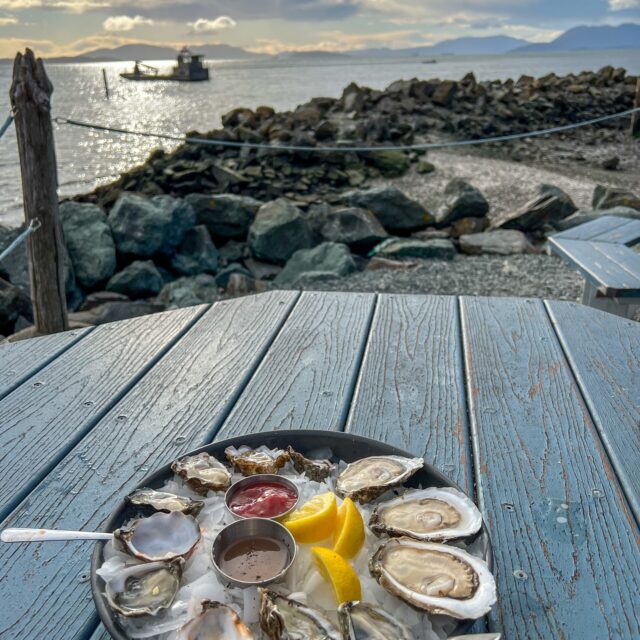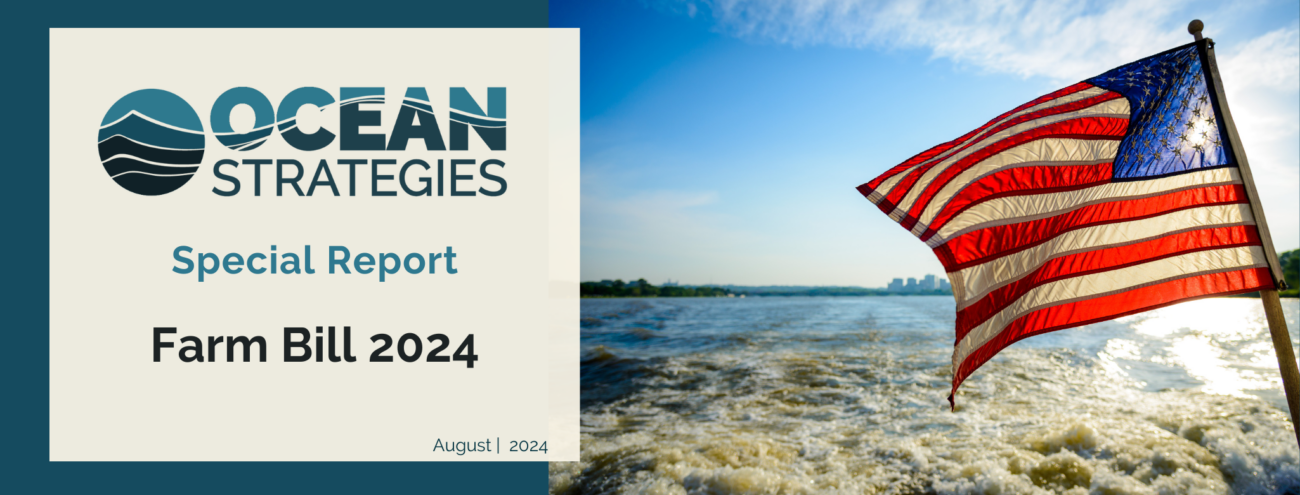
Ocean Strategies is a public affairs firm specializing in seafood, fisheries and marine resources.
This special report provides a brief analysis on what is happening with the Farm Bill, how it impacts seafood, and what comes next. Sign up here.
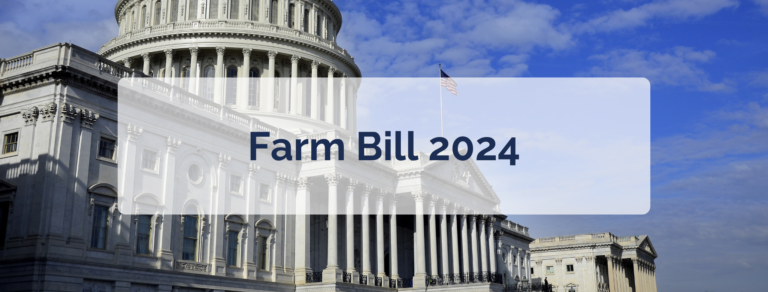
Farm Bill 2024
Most people don’t expect the Farm Bill to have any impact on seafood. Why would it? It’s called the Farm Bill — not the Seafood Bill or the Fishing Bill (the closest we have to that is the Magnuson-Stevens Act).
But the Farm Bill is an outdated reference for a piece of legislation that actually impacts farming, nutrition, access to food, conservation, rural development, crop insurance and many other programs. Generally speaking, the Farm Bill affects the entire food chain — from seed to plate.
What most people don’t realize is that the nutrition section of the Farm Bill accounts for more than 75% of the cost of the legislation, which is why many people suggest it could be renamed the Food and Farm Bill.
Ideally the (Food and) Farm Bill is reauthorized every 5 years and was last set to expire at the end of 2023. However, Congress was unable to pass a new bill, so they extended the previous version to ensure that the funding for programs remained in place. Currently, the House and Senate are working on developing the next iteration of the Farm Bill with the hopes that it will replace the 2018 version. However, it is also possible we may see another extension through 2025.
How does seafood fit in?
There are a few ways that seafood — both aquaculture and wild — are affected by the Farm Bill. While the current provisions support the seafood industry, there is room for improvement.
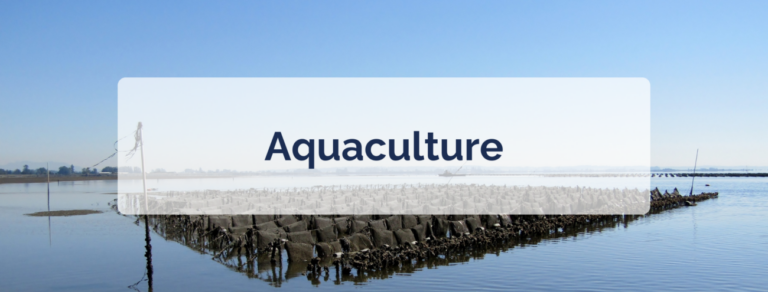
Aquaculture
Aquaculture has received attention and investment in previous versions of the Farm Bill specifically in the 2018 Farm Bill (which is currently in effect after being extended in 2023). However, in recent years, there has been continued interest and focus on aquaculture in the U.S., given the country’s opportunity for growth and expansion in this space.
In the current versions of the House and Senate drafts of the Farm Bill, a number of aquaculture provisions have been included to further expand the resources available to aquaculturists. These include:
SENATE
- Creates an Aquaculture Liaison in the U.S. Department of Agriculture that then supports aquaculture activities.
- Aquaculture Assistance Program: Increases the authorization of appropriations to $15 million for each of fiscal years 2025 through 2029 and allows for a 30% indirect cost cap for the aquaculture assistance program.
- Includes aquaculture as a high-priority research area.
- Expands access to all standing disaster programs and makes bipartisan improvements to address drought, losses for producers who rely on acequia (water ditch) systems, livestock depredation and accuracy of indemnity rates for livestock and honey-bees, and makes enhancements to the Noninsured Crop Disaster Assistance Program and the Tree Assistance Program.
- Ensures program eligibility for producers who derive 75% or more of their income from farming, ranching and forestry.
- Establishes clear eligibility for producers of farm-raised fish experiencing economic losses associated with bird depredation under the Emergency Assistance for Livestock, Honeybees and Farm Raised Fish.
HOUSE
Committee on Agriculture approved a bill that includes the following:
- Creates an Aquaculture Advisory Committee under the National Aquaculture Act of 1980 based on a concept from H.R. 3951 (Sustaining Healthy Ecosystems, Livelihoods, and Local Seafood Act — a bipartisan bill introduced by Bonamici)
- Expands support for disaster programs that benefit aquaculture
While this language would need to be reconciled before the Farm Bill may be finalized, it is clear that aquaculture, and seafood overall, is a topic people are thinking about in the context of the Farm Bill.
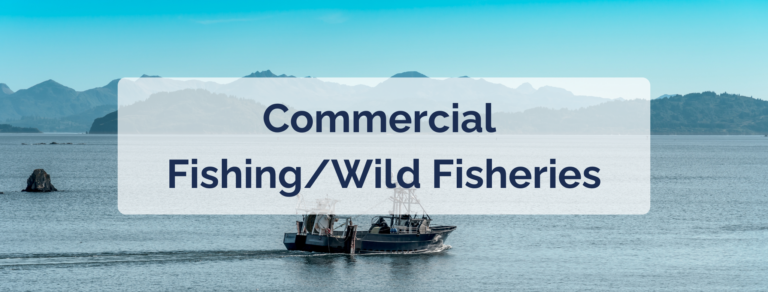
Commercial Fishing/Wild Fisheries
In addition to expanded support for aquaculture, the Senate Republicans’ version of the Farm Bill includes provisions for U.S. commercial fishermen. These provisions (many of them focused on the food aspects of the Farm Bill) would:
- Establish a seafood liaison in the USDA Office of Chief Economist.
- Require Country of Origin Labeling (COOL) for certain processed crab and salmon products.
- Direct the USDA to conduct a study on the feasibility of expanding seafood processing in coastal communities.
- Incorporate Buy American language into nutrition program purchases — 5 percent cap on non domestic purchases for each of the food categories, including Fish and Other Seafood.
- Open Agricultural Credit programs (low-cost loans) to fishing industry businesses, providing access in parity with other food producers.
The language included for both aquaculture and commercial fishing would benefit U.S. seafood and the industry overall.
What comes next, and when can you chime in?
A lot is unknown about the fate of the Farm Bill this year, but there are three likely pathways:
- The House and Senate are able to agree on language and pass a new Farm Bill before the end of the year.
- The House and Senate agree to extend the 2018 Farm Bill for another year (they already extended it for one year in 2023).
- Congress is unable to reach an agreement, and the current Farm Bill expires (unlikely, but a possibility).
If the House and Senate return from August recess ready to try to move a new Farm Bill, it will be important for the broader seafood industry to weigh in and support the aquaculture and seafood provisions with the goal of ensuring they are kept in the final bill.
If they opt for an extension, it means we have another year to shore up and improve seafood language in the next Farm Bill.
Stay tuned for the latest and greatest when Congress returns in September!
Ocean Strategies publishes seasonal policy reports that deliver analysis, interviews, events and insights on all facets of the American seafood industry for the sustainable seafood supply chain — including grocers, restaurants, distributors, transportation, harvesters and the many other businesses that depend on access to seafood.
